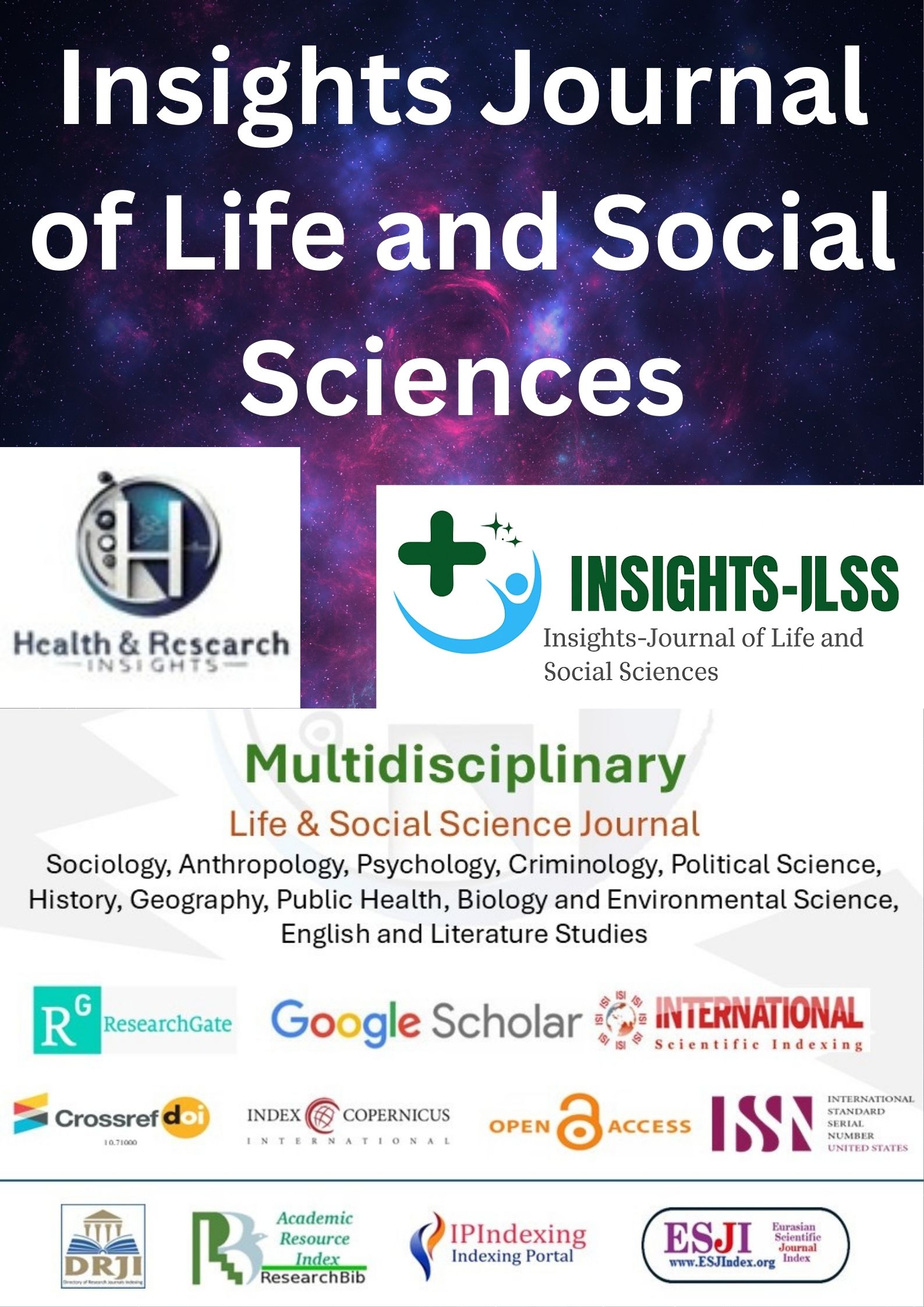AWARENESS AND SCREENING BARRIERS FOR OCULAR TUMORS AMONG HIGH-RISK ADULTS IN LOW-INCOME URBAN COMMUNITIES
Main Article Content
Abstract
Background: Ocular tumors, though rare, pose serious risks to vision and life if not detected early. In low-income urban communities, barriers to early screening persist due to multiple socio-cultural and structural factors. Despite the availability of healthcare services in urban areas, marginalized populations remain underserved due to poor health literacy, economic constraints, and systemic neglect.
Objective: To explore awareness levels and identify social, cultural, and structural barriers to early ocular tumor screening among high-risk adults residing in low-income urban communities of Lahore, Pakistan.
Methods: A qualitative study was conducted over eight months using purposive sampling to recruit 42 high-risk adults aged 35 and above from underserved neighborhoods in Lahore. Data were collected through semi-structured in-depth interviews and analyzed using thematic content analysis supported by NVivo software. Themes were derived inductively until saturation was achieved, focusing on personal narratives, healthcare access, and socio-cultural perceptions.
Results: Five major themes emerged: limited awareness of ocular tumors, sociocultural misconceptions, structural barriers to healthcare access, economic constraints, and distrust in healthcare systems. Participants demonstrated poor understanding of ocular malignancies, often attributing symptoms to aging or spiritual causes. Access was hindered by cost, clinic logistics, and negative past healthcare experiences. Economic hardship led many to deprioritize preventive care, and systemic mistrust further discouraged engagement with formal health services.
Conclusion: The study highlights that addressing ocular tumor screening gaps in low-income urban populations requires culturally tailored education, improved service accessibility, and community-centered trust-building efforts. Interventions must holistically address the socioeconomic realities and belief systems influencing healthcare-seeking behaviors.
Article Details

This work is licensed under a Creative Commons Attribution-NonCommercial-NoDerivatives 4.0 International License.
